We open up the new Google Pixel Fold and find out about the future of flexible screens
Google’s Claude Zellweger offers insights into the design approach behind the new Google Pixel Fold, as we report on life with the company’s first foldable

For a while, we were on the fence about foldables. The idea of shutting away that all-conquering screen made clamshell-style folding phones slightly more desirable, but phones that expand to twice their regular size? It seems excessive. After a few weeks with the new Google Pixel Fold in our pocket (following our Pixel Fold preview in May 2023), here’s what we discovered about this still niche approach.
For a while, it’s as if Google had similar misgivings. The Pixel Fold is the company’s first step into this technological minefield, gingerly following behind pioneers like Samsung and Oppo, quietly hoping that its rivals will have taken the hit on crucial elements like endurance and durability. Put simply, the Fold takes the Pixel design language and incorporates it into a three-screen device, 5.8in on the front, and 7.8in when unfolded into a squarish tablet shape.
Google Pixel Fold: pros and cons
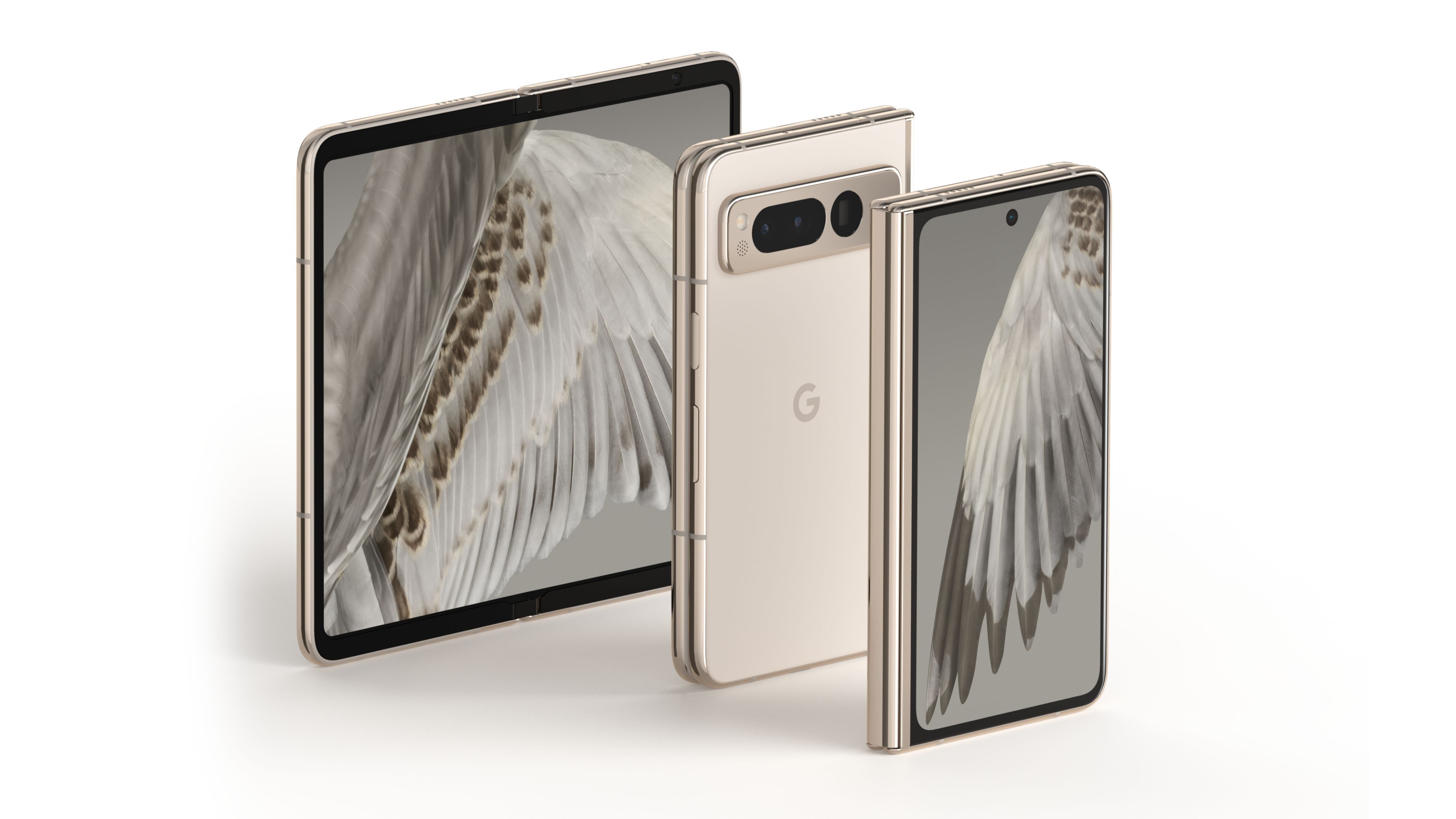
Google Pixel Fold in Porcelain
Now we’ve had a chance to live with the Fold for a few weeks, it’s time to weigh up the pros and cons of this new flagship device. In 2023, owning a folding phone still sets you apart. We’ve reported before on the ups and downs of the nascent foldable market, but the fact remains that nearly four years after Samsung took to the plunge and introduced a hinged screen, the consumer take-up for these flagship devices is still a fraction of the billion-plus smartphones sold around the world each year.
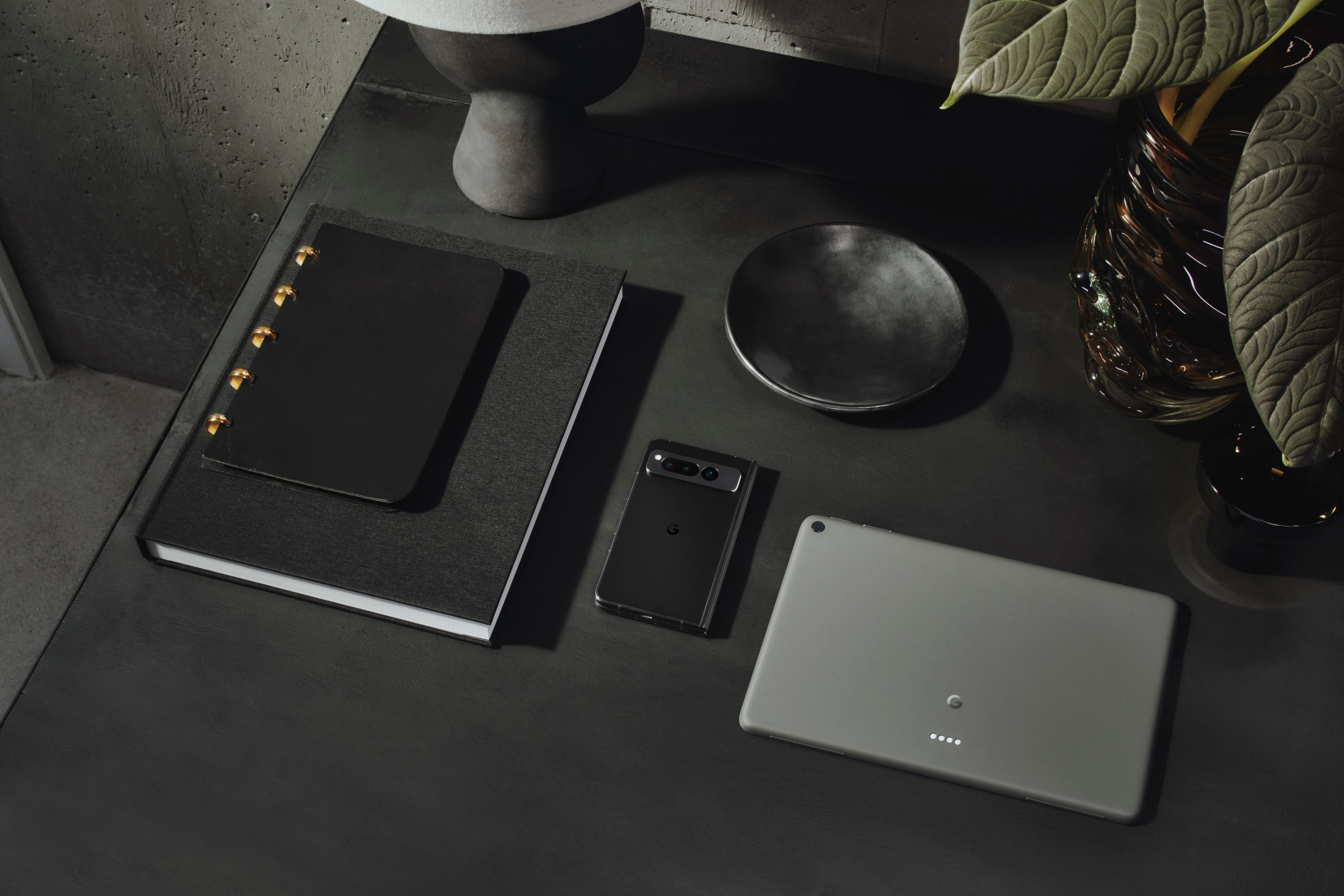
Google Pixel Fold on desktop
The Google Pixel Fold slots straight in at the top of the company’s hardware charts, a pricey item that’s meant to consolidate your digital life into one pocketable device. So is this a true flagship or still a work in progress? Our time with the Fold suggests it’s a device that reins you back from using its full potential 100 per cent of the time. Remember that the early, early adopters of touchscreen smartphones weren't always keen to whip out their black mirrored devices in public. It took mass adoption before people stopped getting side-eye on public transport for catching up with a box set on their commute. It’s a similar thing with opening up the Fold in public – you feel a little exposed.
What stops this from being frustrating is the quality of the external 5.8in screen and accompanying camera. In many respects, it’s almost too good, because the Fold is fast enough – and thin enough – to do most on-the-move tasks without flexing the larger screen size. Your screen activity becomes more focused as a result, with the luxury of the unfolded device best suited to downtime, not periods of manic focus.
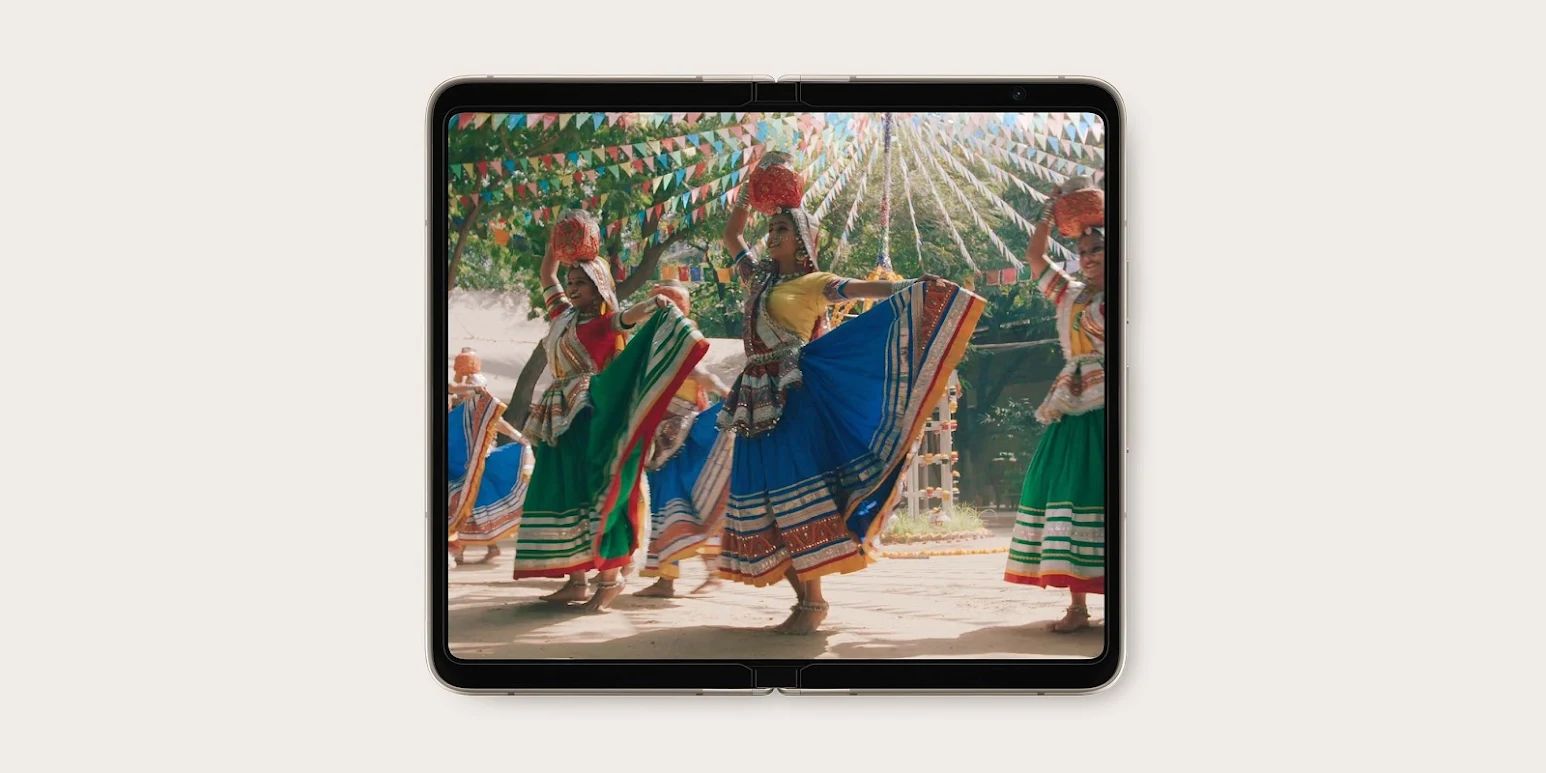
Google Pixel Fold open
There are other benefits to the Fold. For a start, it is its own tripod, propping itself up for selfies, video calls or just watching a video. Half open, it serves as a decent micro-scale laptop, with the keyboard appearing on the bottom screen. Google’s apps have been rejigged to exploit the larger screen and split screen function – dragging and dropping a photo from Google Photos into Gmail, for example. The hardware design is magnificent, with a solidity to the stainless steel hinge mechanism, as well as a remarkable thinness when closed. It snaps satisfyingly shut, even though one is always mindful of the possible fragility of this relatively new technology.
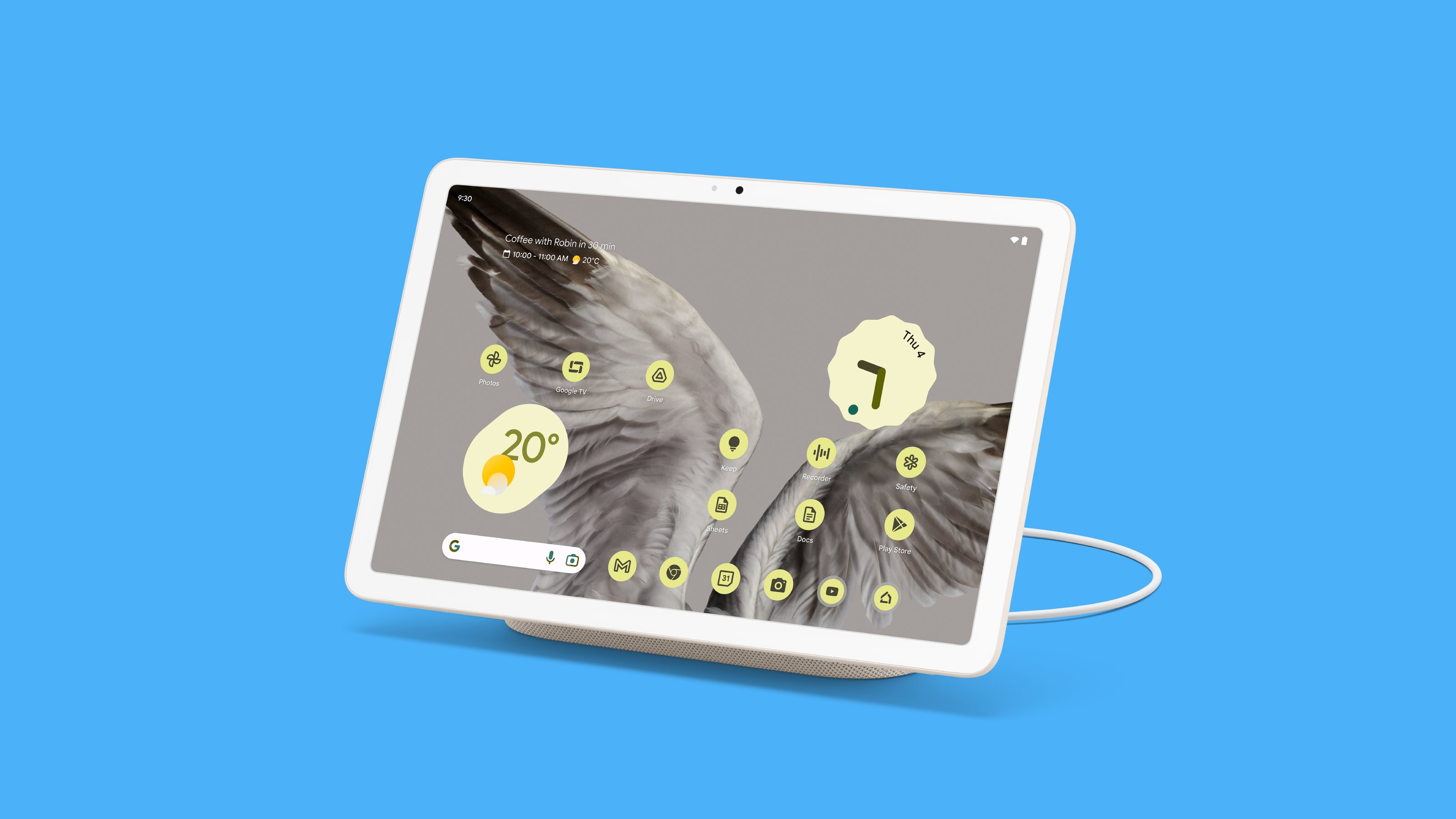
Google Pixel Tablet
Pixel fans will be instantly at home. However, there’s no escaping the fact that you can acquire both the excellent Pixel Tablet (currently £599) and the latest iteration of Google’s smartest smartphone, the Pixel 7 Pro (currently £849) for less than the price of the Pixel Fold. If you’re deadly serious about cutting down on screen time, then products like Motorola’s Razr 2022, newly released Motorola Razr 40 and Samsung’s Flip series take the more logical compact clamshell approach to shut distractions away as much as possible. For early adopters who don’t like to compromise, the Google Pixel Fold has much to offer.
Receive our daily digest of inspiration, escapism and design stories from around the world direct to your inbox.
Google Pixel Fold, from £1,749, Store.Google.com
Behind the scenes at Google’s design studio with Claude Zellweger, head of Industrial Design for AR and Phones

We spoke to Claude Zellweger, Google’s head of Industrial Design for AR and Phones, about the challenges of getting the Pixel Fold to market.
Wallpaper*: What was the primary hardware challenge for Google, given that other manufacturers have been making folding devices successfully for several years?
Claude Zellweger: We know – with Google’s services and capabilities – that we are uniquely positioned to deliver the best foldable experience. Our mission was to remove any friction for users to adopt this new and exciting product category. Historically, foldable devices would get you the benefit of a bigger screen, but with it came a clunky hardware experience. Our primary focus was achieving a size that matches the familiar proportions of a smartphone – we wanted the thinnest foldable on the market, without compromising great build quality. We loved the proportions of passports and used them as a blueprint for our design.
The compact yet rock-solid hinge had to be engineered to provide a satisfying, almost vacuum-like sensation when the device snaps closed. We wanted an element of surprise. The ‘spine’ of the hinge is made of stainless steel – we needed something that ticks both boxes in terms of fluidity and scratch resistance. But also something that looks and feels highly polished.

The current Google Pixel family
W*: How long was the design and development process and how many prototypes were built?
CZ: The total process was pretty lengthy and much longer than a typical smartphone given its a new category for us – close to five years in total. The hinge design in particular was a long dance between engineers and designers. It took a ton of iterations to get it extremely compact while retaining that satisfying experience when opening and closing the device. Halfway throughout the development we had a working product, but we ultimately decided to hold back as we felt we could do better. We had to make sure our first foldable would exceed market expectations.

Google Pixel Fold
W*: How does the expanded screen enhance the Google software experience?
CZ: Rather than just adapting, we build our experience from the ground up for a large screen. Continuity is a major principle – not lose your place when you transition between postures – close, tabletop, dual screen. We know that people use foldables mostly when they are shut, so it was of course important to ensure that the user experience is seamless when the phone is shut. The ‘delight’ factor kicks in when users open the device, and suddenly they can watch their favourite movies or shows in a widescreen mode, or in tabletop mode.

Google Pixel Fold
W* Are there any compromises due to the fold? Conversely, are there any advantages that this format gives you?
CZ: We wanted to make sure that the Fold had that distinct Pixel look, so we had to have discussions of how and where our camera bar would integrate into the device. Some key advantages of the dual screen include the rear selfie camera mode, which means you no longer have to compromise on quality for selfies with your friends. What’s more, dual interpreter mode (coming soon), will make the translation experience far more sophisticated when travelling. And clearly, who doesn’t love a larger screen when you watch a movie?
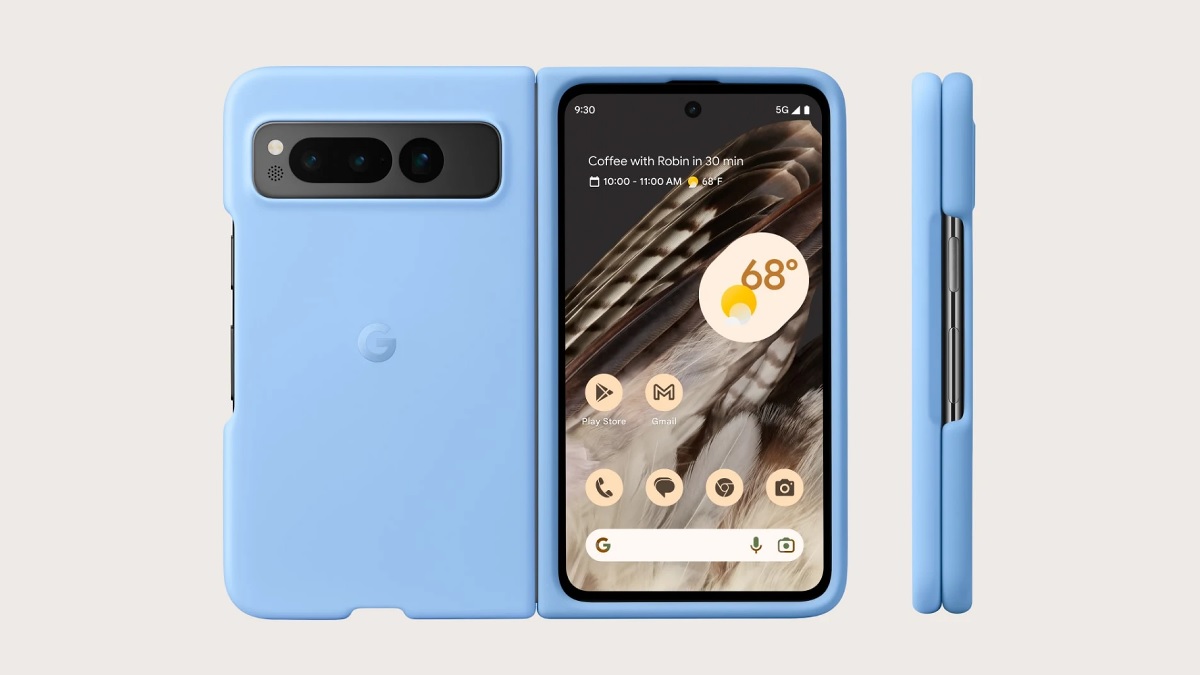
The official Google Pixel Fold case is a sound investment
W*: Do you think foldable phones are still in a beta phase, much like the first wave of mobile phones in the 1980s?
CZ: It’s been incredibly interesting to see the increase in demand for foldables in the last few years, and I think that we can only assume that over time the devices will improve and also come down in cost, similar to mobile phones in the 1980s. In terms of utility, we’ve definitely gone past the novelty phase to where we see a sharp rise in users for whom foldables are their ’daily driver’. For me as a designer, what’s been really interesting is how colour and materials can shift user perception of what a foldable can be. For example, in my opinion, the Porcelain colourway on Fold really takes the device from a technology-first product to a product that feels warm, personal, luxurious, and most importantly, to a product that people can visualise as their day-to-day mobile device.

Google Pixel family
W* Would Google ever consider making a clamshell foldable?
CZ: Right now, I believe the form factor of the Pixel Fold is optimised for what Google is great at – productivity and entertainment use. Having said that, we’re committed to this category and are naturally exploring all options. Ultimately, the most beautiful and successful products must feel personal to the consumer, and have to fit seamlessly into their daily lives. Technology adapting to people, not vice versa. This is something that we really hone in on at Google, and I think will continue to be a priority for designers in every industry.
Jonathan Bell has written for Wallpaper* magazine since 1999, covering everything from architecture and transport design to books, tech and graphic design. He is now the magazine’s Transport and Technology Editor. Jonathan has written and edited 15 books, including Concept Car Design, 21st Century House, and The New Modern House. He is also the host of Wallpaper’s first podcast.
-
 Usher opens up about breakfast playlists, banana pudding and why a glass tumbler is always on his rider
Usher opens up about breakfast playlists, banana pudding and why a glass tumbler is always on his riderOn the heels of a collaboration with Baccarat, the Grammy-winning singer-songwriter breaks down his entertaining tips. 'Hosting is an expression of how you feel about your guests and also who you are.'
-
 The beauty trends that will define 2026, from ultra-niche fragrances to anti-ageing dental care
The beauty trends that will define 2026, from ultra-niche fragrances to anti-ageing dental careAs we enter the new year, we speak to experts in fragrance, skincare, aesthetics, wellness and more about the trends that will be shaping the way we look
-
 The most stylish hotel debuts of 2025
The most stylish hotel debuts of 2025A Wallpaper* edit of this year’s defining hotel openings. Design-led stays to shape your next escape
-
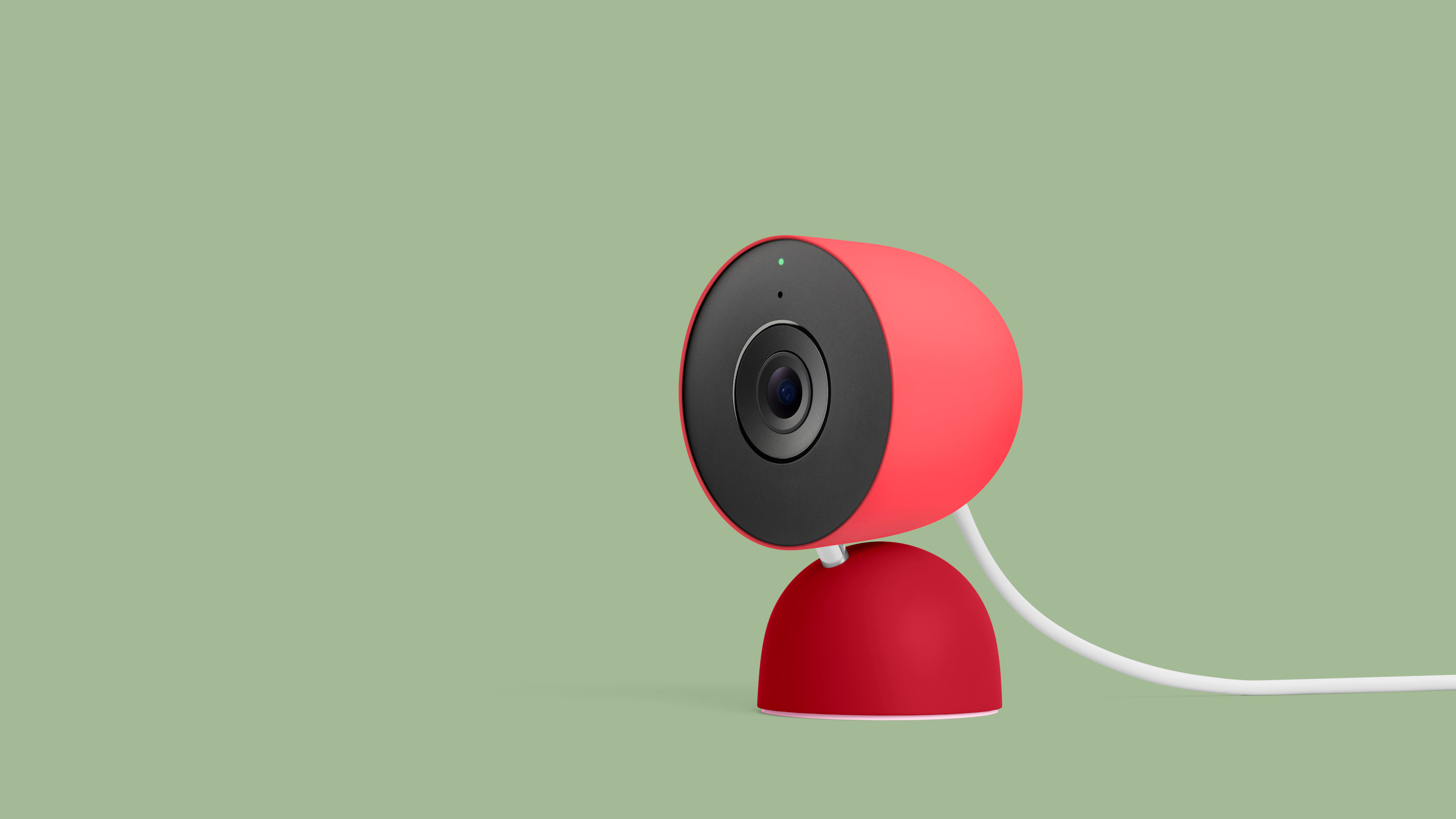 Google Home gets a glow-up as Gemini joins the party with its uncanny observational skills
Google Home gets a glow-up as Gemini joins the party with its uncanny observational skillsYour smart speaker becomes sentient and you now have your own NSA-grade domestic surveillance set-up. Welcome to the terrifying power of Gemini-enabled Google Home
-
 12 new watches and wearables offer a high-tech take on time and tracking
12 new watches and wearables offer a high-tech take on time and trackingFrom conventional smart watches to specialist applications and even solar system exploration, we present twelve ways of transforming your wrist into a source of inspiration and information
-
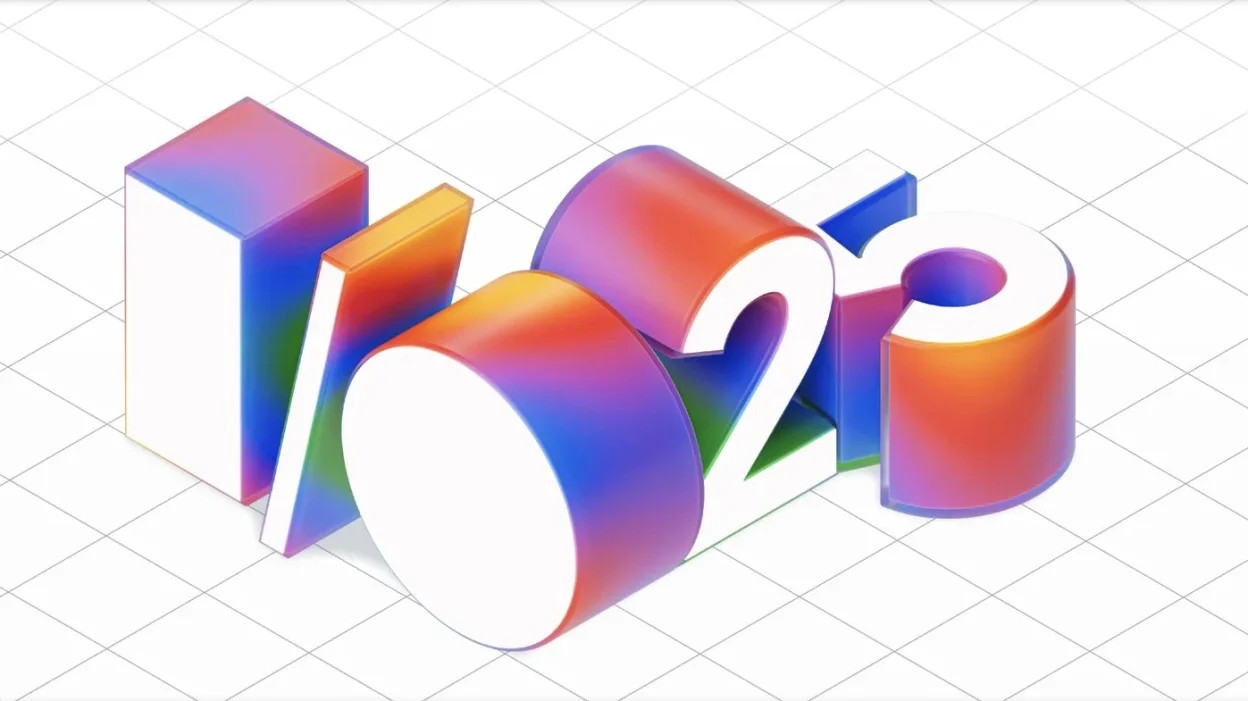 Google I/O 2025 melded light-touch UI interactions with an enhanced AI-driven core
Google I/O 2025 melded light-touch UI interactions with an enhanced AI-driven coreWe take stock of Google’s new AI offerings. Under a new Material 3 Expressive aesthetic that softens and smooths, AI arrives to take stock of you, your choices, desires, innermost thoughts and exactly what it is you want for dinner
-
 Microsoft vs Google: where is the battle for the ultimate AI assistant taking us?
Microsoft vs Google: where is the battle for the ultimate AI assistant taking us?Tech editor Jonathan Bell reflects on Microsoft’s Copilot, Google’s Gemini, plus the state of the art in SEO, wayward algorithms, video generation and the never-ending quest for the definition of ‘good content’
-
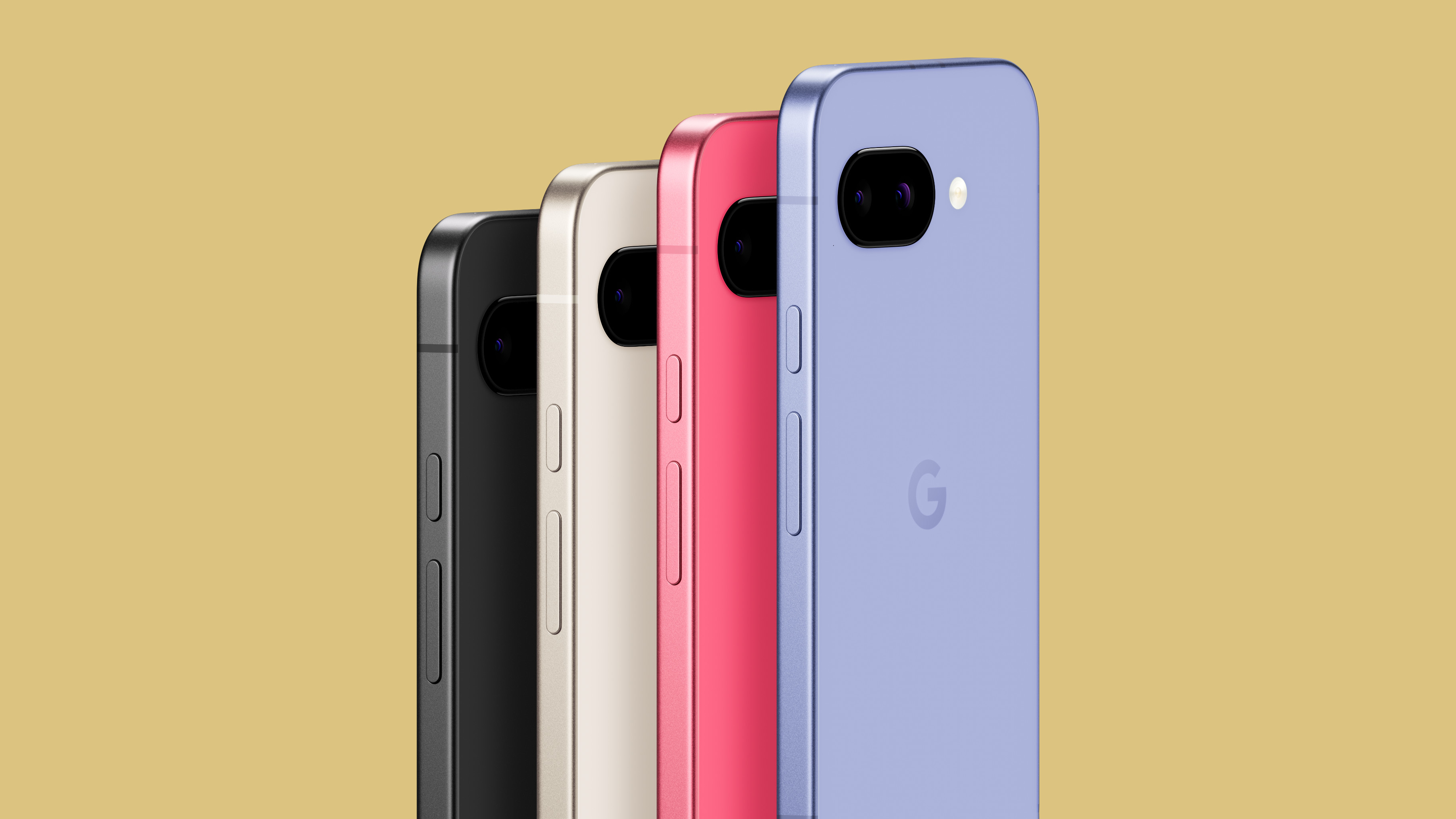 The new Google Pixel 9a is a competent companion on the pathway to the world of AI
The new Google Pixel 9a is a competent companion on the pathway to the world of AIGoogle’s reputation for effective and efficient hardware is bolstered by the introduction of the new Pixel 9a, a mid-tier smartphone designed to endure
-
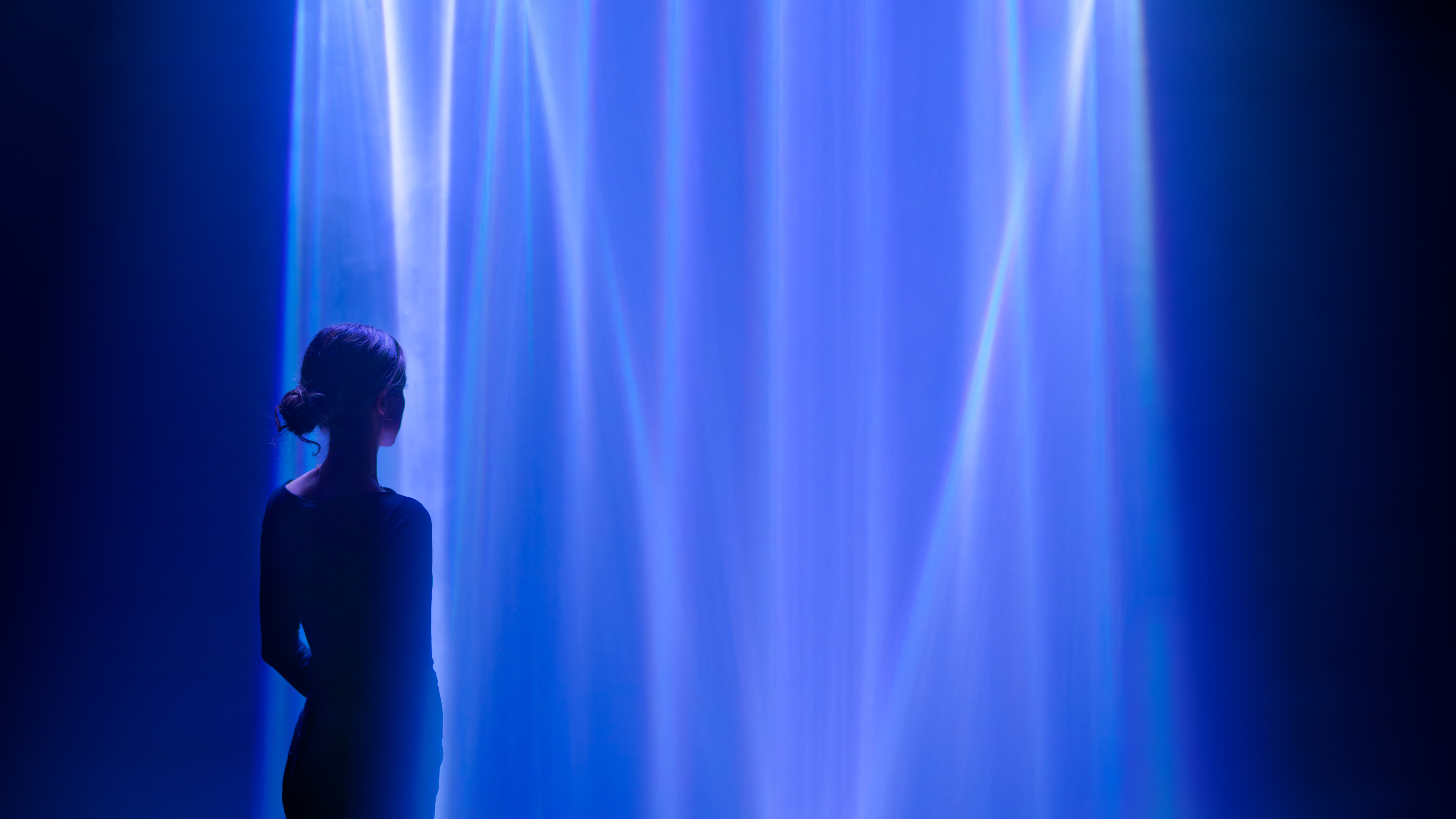 Artist Lachlan Turczan and Google's 'Making the Invisible Visible' at Milan Design Week 2025
Artist Lachlan Turczan and Google's 'Making the Invisible Visible' at Milan Design Week 2025All that is solid melts into air at Garage 21 in Milan as Google showcases a cutting-edge light installation alongside a display of its hardware evolution and process
-
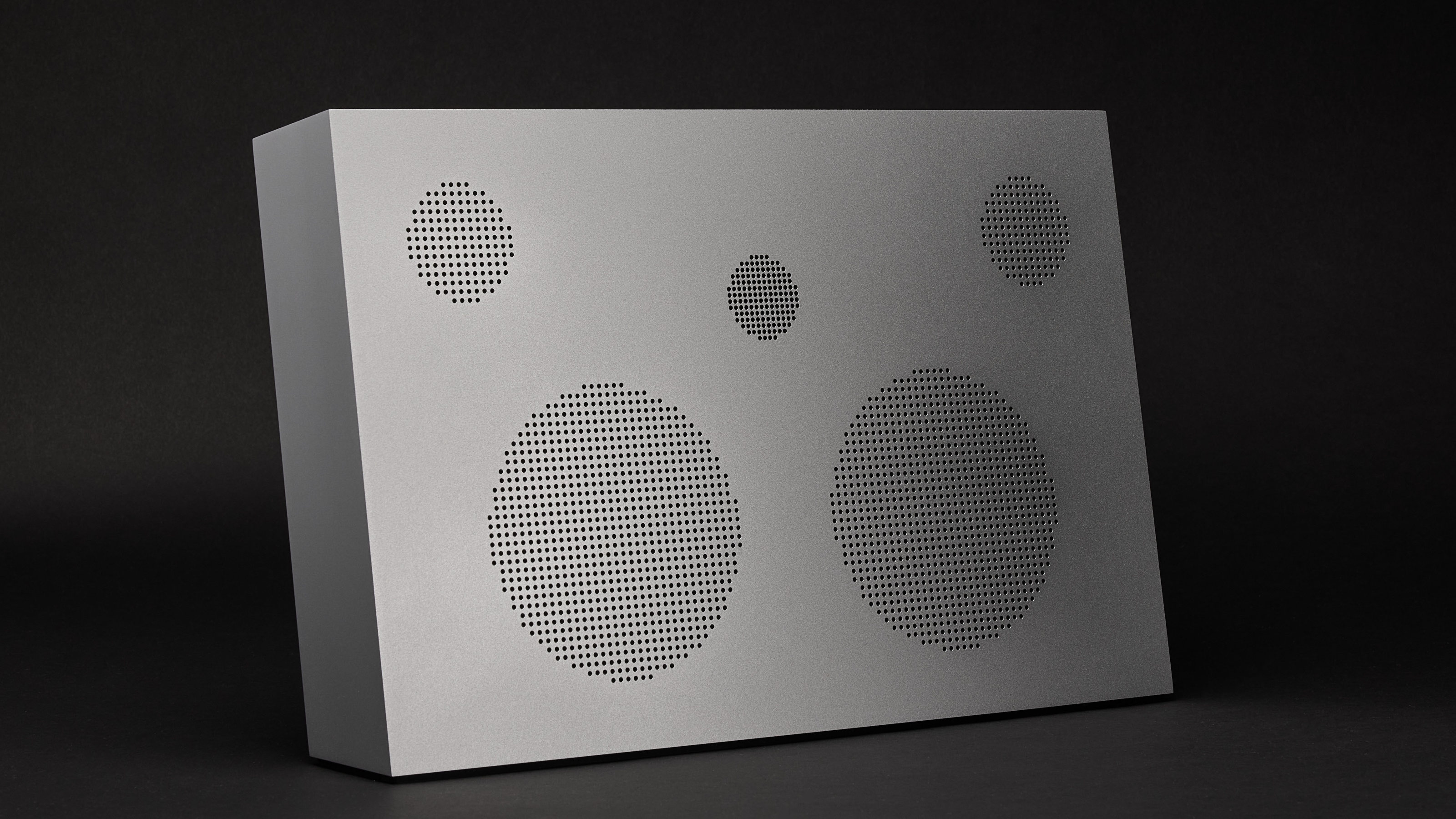 Year in review: top 10 audio acquisitions of 2024, as chosen by Wallpaper’s Jonathan Bell
Year in review: top 10 audio acquisitions of 2024, as chosen by Wallpaper’s Jonathan BellThe best audio technology of 2024, from pocketable earbuds to room-filling speakers
-
 Is the new Google Pixel 9 Fold Pro the ultimate do-it-all device?
Is the new Google Pixel 9 Fold Pro the ultimate do-it-all device?Google's Pixel 9 Pro and Pixel 9 Fold Pro go head to head in our hands-on test of the latest generation of AI-infused smartphones